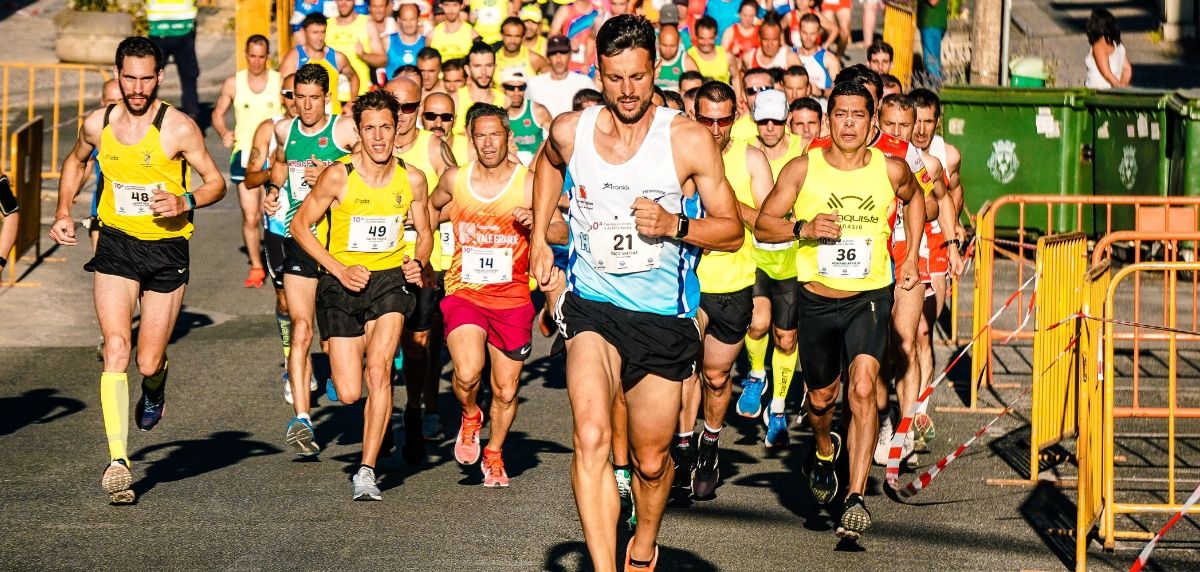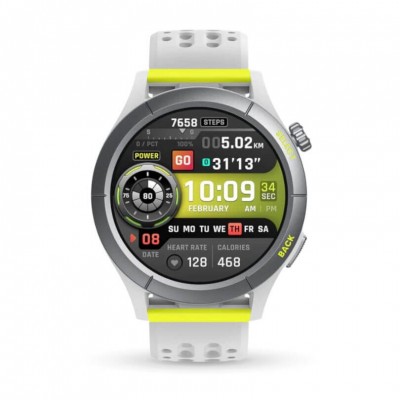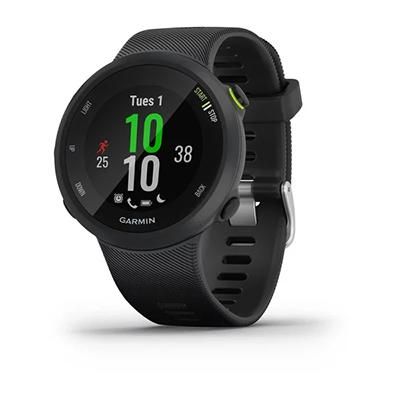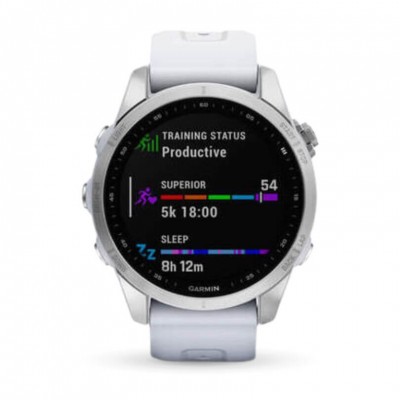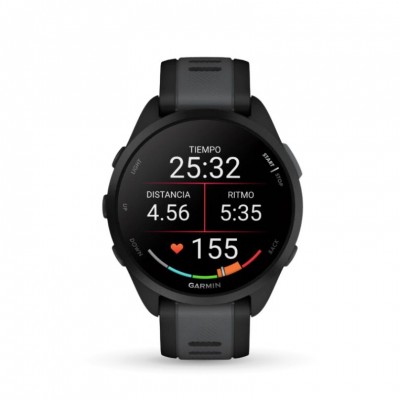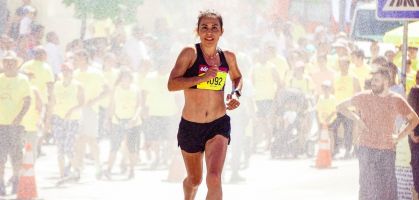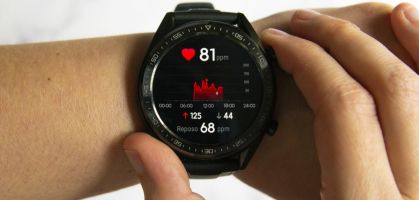You may be interested in:
The marathon. The quintessential long-distance race, known as the ultimate race in athletics, is one of the most demanding disciplines that we can find among the different distance races. On the one hand, its obvious physical demand, due to the fact that we have to be able to maintain a practically constant pace for no more and no less than 42 kilometres and 195 metres. On the other hand, the need to have a strong mind and a fairly large tolerance for suffering in order not to give up and continue running despite the fact that the last third of the race is extremely hard.
Not sure which shoe to choose?
In a few simple steps we help you to choose the ideal running shoe for you.
GO TO THE RECOMMENDER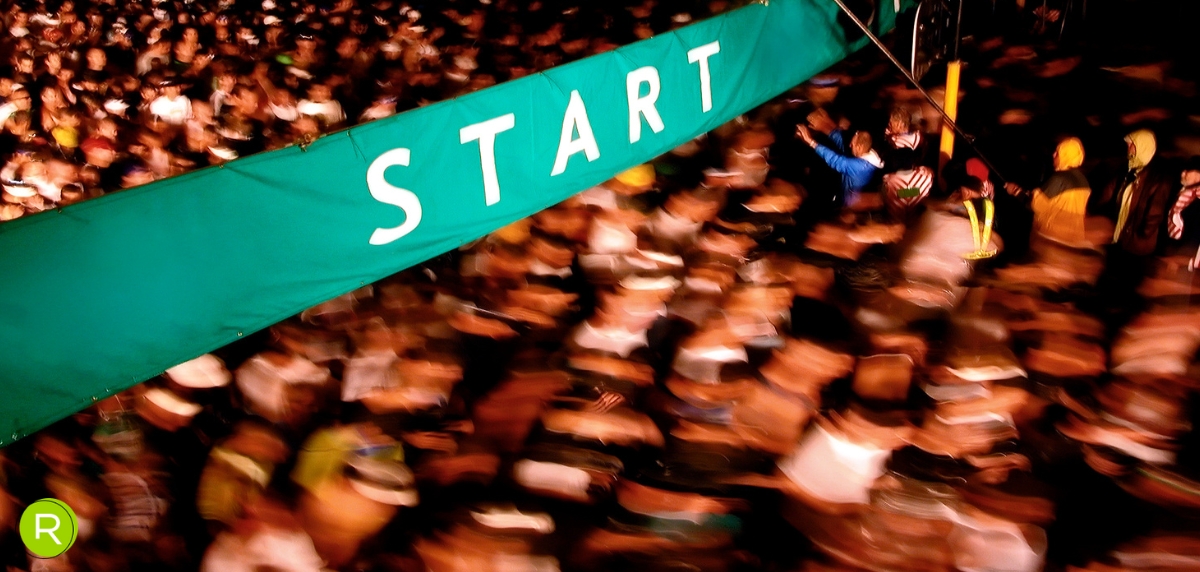
Obviously, the first step is to get into the routine of putting on running shoes to train as well as we possibly can for our marathon goal. Whatever our physical condition, no one escapes training with consistency and stubbornness to achieve the purpose of crossing the finish line of a marathon. But training is not everything, it is also very important to have a certain background in shorter distance races, so before taking the step to the 42k, it is necessary to have run several half marathons and shorter distance competitions.
It is not enough to have run several 10k and 21k before considering running a marathon, but what is really interesting is to have mastered these shorter distances before competing in a 42k. By mastery we mean the ability to maintain pace and even acceleration in the final part, all without surpassing the maximum possible effort for each person.
Although our marks in other distances can give us valuable information, the truth is that it is difficult to predict at what pace we will be able to run a marathon, especially if it's the first one. But it also happens in our second participation, in the third... and in all of them. That's why we've decided to give you some key tips to set the pace for your next marathon. Shall we go for it?
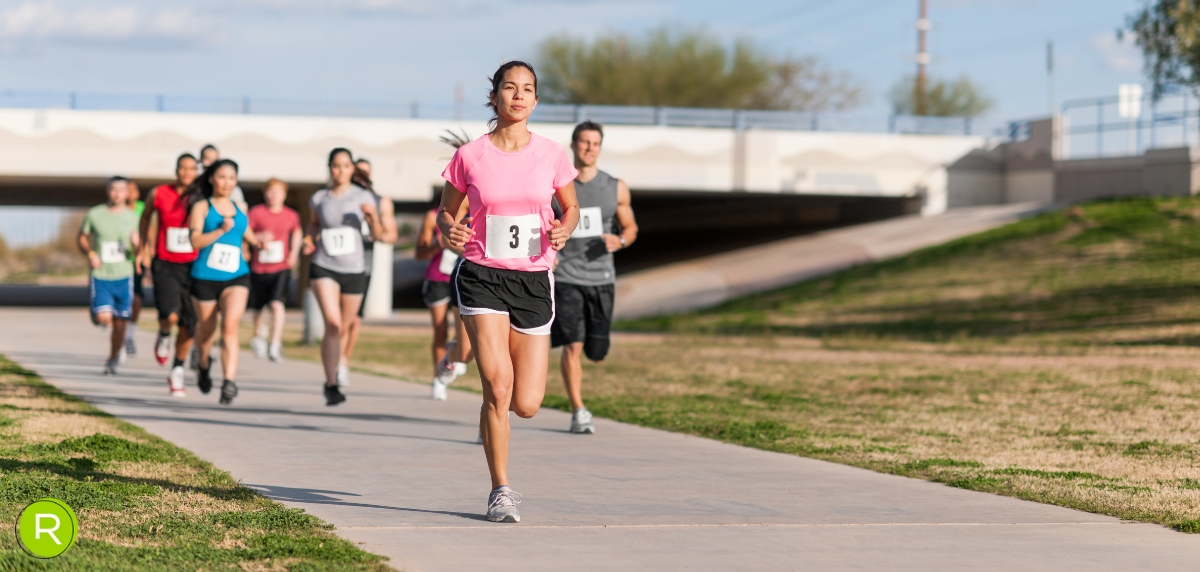
Where there is a will, there isn't always a way
Before we know how to pace ourselves, we need to know at what pace we are capable of running. In running, "where there is a will, there is a way" is often not true. In this sense, setting our expectations too high will never work, so the pace to compete in a marathon should be chosen depending on:
- Physical fitness at the time of participation
- Physical level or capacity
- The previous experience in the distance
- The characteristics of the course: flat, hilly, downhill...
- Weather conditions: hot, cold, rainy, windy...
Taking these elements into account, in addition to the assessment of how the previous months of training have gone, we will have the necessary information to know at what pace we could and should run a marathon. But the reality is that theory is not always translated into practice at this distance. Therefore, knowing how to regulate and set the pace throughout the race and face the peculiarities and difficulties of the 42k will be the key to having the best possible performance, whether the goal is to improve a specific time or simply to finish the race.
Running strategy, an essential factor to maximise performance
The running strategy in which we must plan how to regulate the pace of the race is known in the world of endurance sports as "pacing". Pacing strategy is the tool that will help us to distribute our energy throughout the race with the objective, of course, of maximising performance.
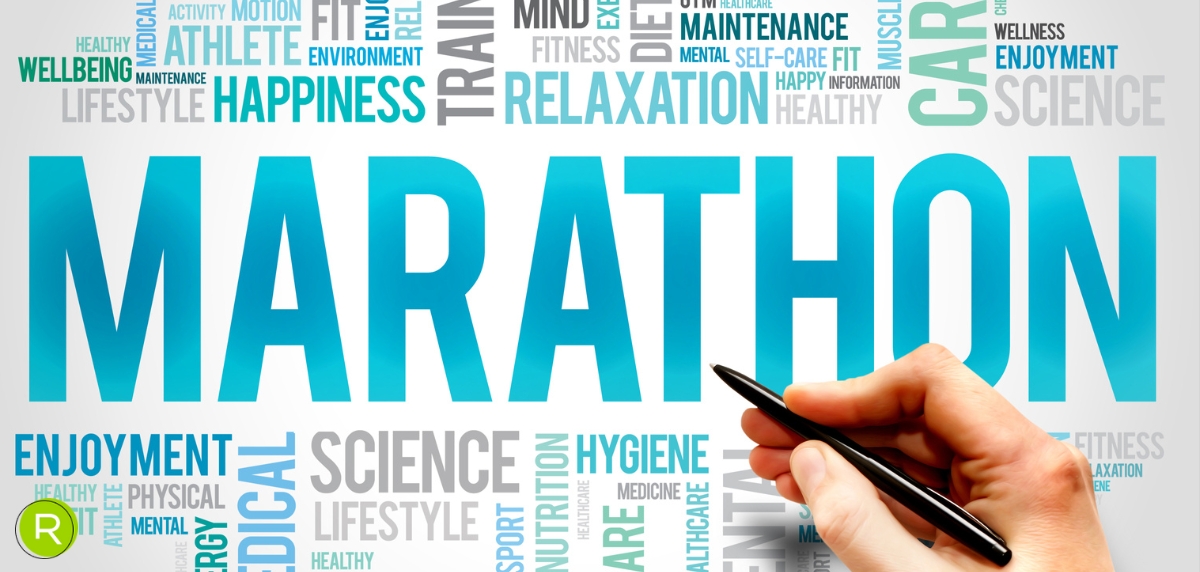
There are many scientific studies that analyse what the ideal pacing strategy to achieve success in the marathon is and, here and now, we are going to give you the essential keys so that you don't fail when it comes to setting the pace for your marathon.
The less you slow down and speed up, the better
The best pacing strategy is one that is as consistent as possible, so it's best to try to run at the same or very similar speed throughout the race. Although nailing down a specific pace is mission: impossible, the key is to avoid exaggerated accelerations and decelerations, as these will not only alter your concentration and running patterns, but will also result in higher energy expenditure.
Try to keep an average pace per kilometre, as long as it is a flat course, that oscillates between 1 to 3 seconds per kilometre in either direction.
Better to go from less to more than from more to less
Scientific evidence has concluded that better times are obtained by running from less to more, i.e. by running the first half of the marathon slower than the second half. On the other hand, doing it the other way around will result in a worse performance than if we were to maintain a constant or progressive pace. For this reason, it is essential to run at a slower pace at the beginning than we could actually run, conserving energy to push the pace at the end of the marathon.
The truth is that, although it is a strategy that really results in a better performance, running from less to more is not easy, especially for runners with less marathon experience or for those runners who run to the limit in search of their personal best. The accumulated muscle fatigue and the depletion of energy substrates makes it difficult to get the strength to increase the pace in the second part of the race, which requires a lot of training and knowing how to read the race very well. It is not possible for all runners.
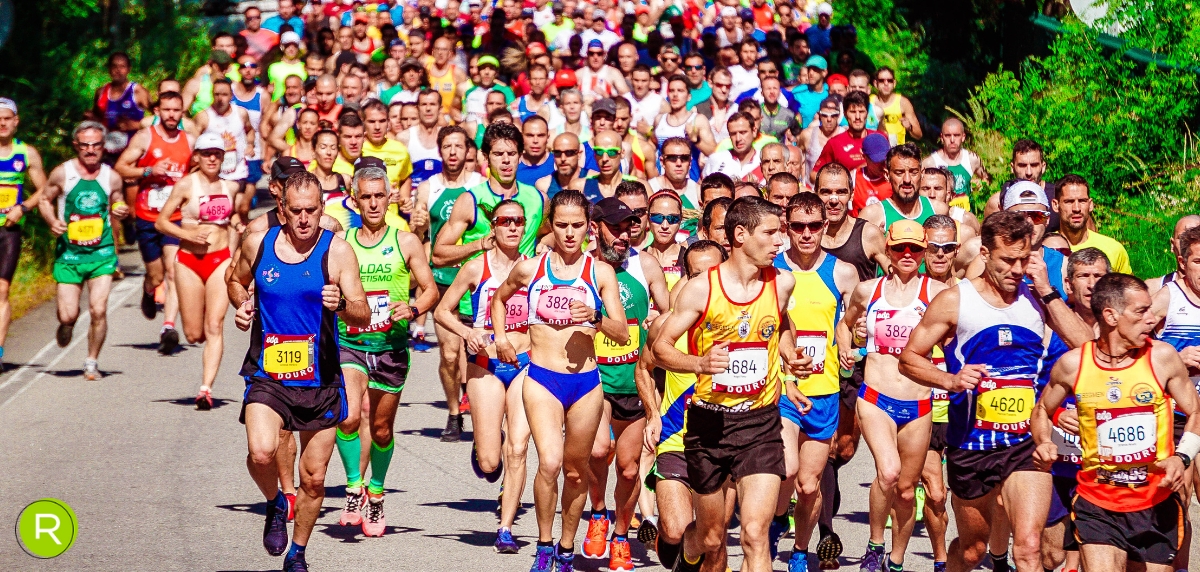
If in doubt, choose conservatism
Just as running from less to more is a very intelligent strategy, saving strength during each and every one of the kilometres of the marathon will mean arriving with guarantees to the final stages. The 42k is a distance in which you should never take anything for granted because different misfortunes can happen, both physical and mental, even if there are only a few kilometres to go. Running at a slower pace than we are capable of or have trained for will help us to have a better feeling throughout the race and to economise our effort. This is really interesting if your goal is just to finish the marathon or if you don't have a specific time in mind.
Beware of running too slow, as an excessively slow speed can cause our body to suffer more because we will be running in a way that is unfamiliar to the body, causing a feeling of discomfort and even wasting more energy than running at a "normal" pace. Go slower, yes, but at most run 10 to 15 seconds per kilometre slower.
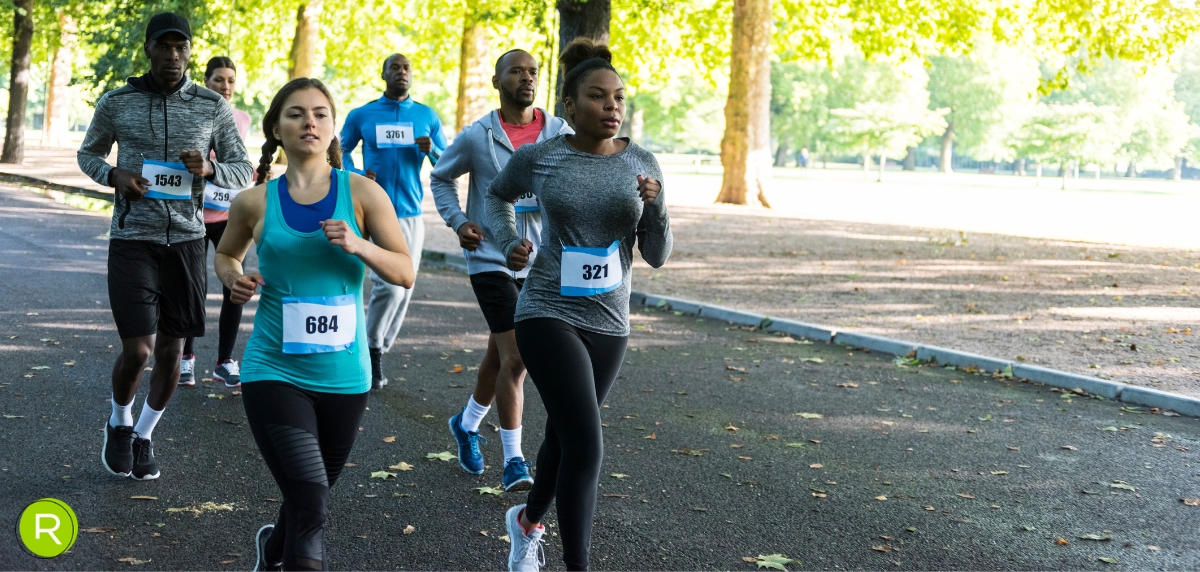
Learn to read the type of course
Sometimes the key to setting the pace is not in keeping a steady pace, but in knowing the characteristics of the course. On courses such as the New York or Madrid marathon, where the ups and downs are constant, it is very difficult to control the pace to the letter, so it will be more interesting to run by feel and regulate the speed depending on whether you're running uphill, flat or downhill. In addition, this type of course is more demanding, so we should always keep one or more tricks up our sleeve.
Not pushing too hard on the climbs, and not trying to recover all the time lost on the climbs on the descents will be key to finding a balance in terms of pace, feeling of effort and energy expenditure.
Don't forget to keep track of split times
Despite the fact that today's heart rate monitors & sports watches and the GPS systems they include are becoming more and more accurate, there is always a difference between the actual certified distance and the distance the watches measure (up to more than 1km difference). You can't get confused and trust everything your heart rate monitor says, so you will have to focus on calculating and controlling your pace at all times. We advise you to look at the numerical signs that announce each kilometre to know your average pace per kilometre, marking the partials manually to have a real reference .
To avoid having to look at your watch every kilometre, marking the actual split times using the number signs every 5 or 7 kilometres is a very useful technique for regulating the pace of the marathon
Read more news about: Running Training
